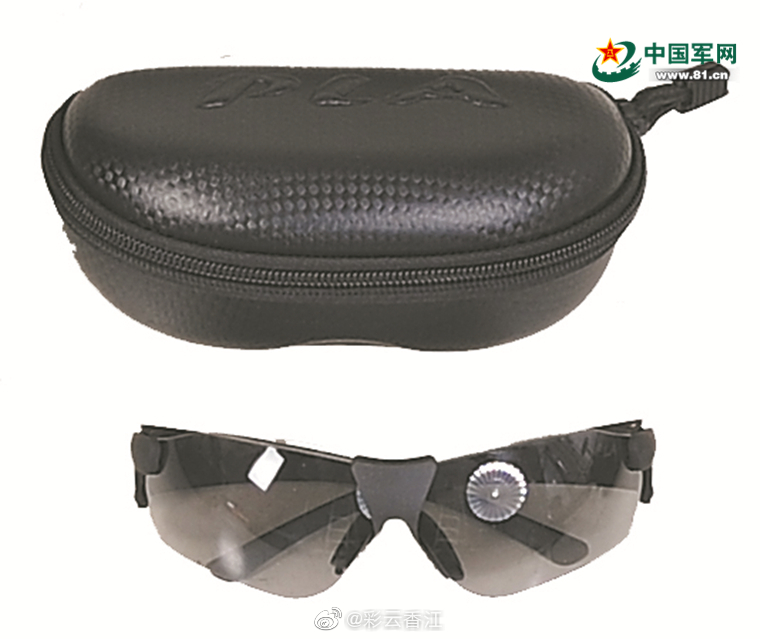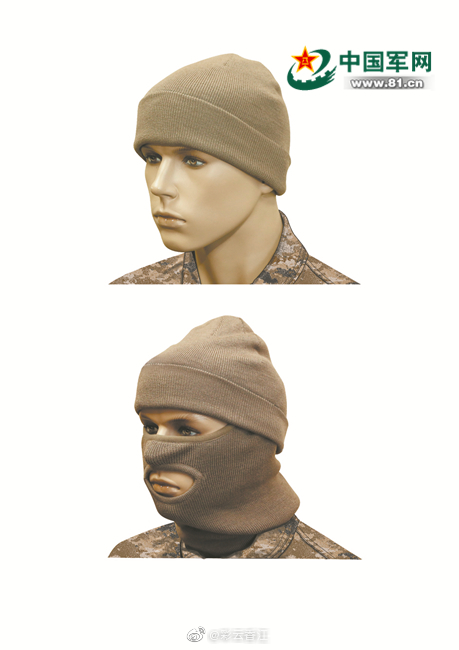plawolf
Lieutenant General
Looks like PLA has fully committed to this type of CCD based NODs, I wonder how well these works compared to traditional NVG, any similar civilian products we can compare with?
Since those are digital display, it would be easy to project image from gun sight with the press of a button in the fore grip. Don't know if they implemented it yet but it seems like the logical next step for this kind of setup, superior to IR laser in mid to long range too.
The closest thing I am aware of would be the Sionyx Aurora.
But it needs to be stressed that the designers seemed to have gone out of their way to make it US only, and is limited to off-the-shelf commercially available, repurposed digital camera sensors, rather than a purposed developed sensor as would be the case with the Chinese unit.
As such, I don’t think this would be a good reflection of the state-of-the-art of what China can develop, which should be pretty evident from the sheer size differences between the Aurora and the Chinese new digital NOD.
Although it needs to stressed that the Chinese NOD is actually split in two parts, you have the optics and display at the front, but also a battery pack and potentially some of the processing back-end in the pack attached to the back of the helmet, so the overall size difference of the complete packages may not be quite as extreme as just comparing the front end of the Chinese NOD against the whole package of the Aurora.
But I would also expect a huge difference in performance between the two, with the Chinese NOD performing significantly better in terms of latency (I would expect the Chinese unit’s latency to be so low as to be undetectable by humans for it to be accepted by the PLA as field deployable) and resolution.
Interestingly enough, being a digital unit, there is a significant chance the Chinese unit is actually colour, as opposed to monotone as with traditional IIC based NODs, with significant practical advantages that would bring.
You also have the potential to add features like crosshairs synced to the rifle/smart grip.










